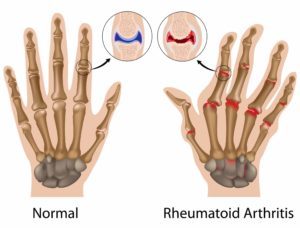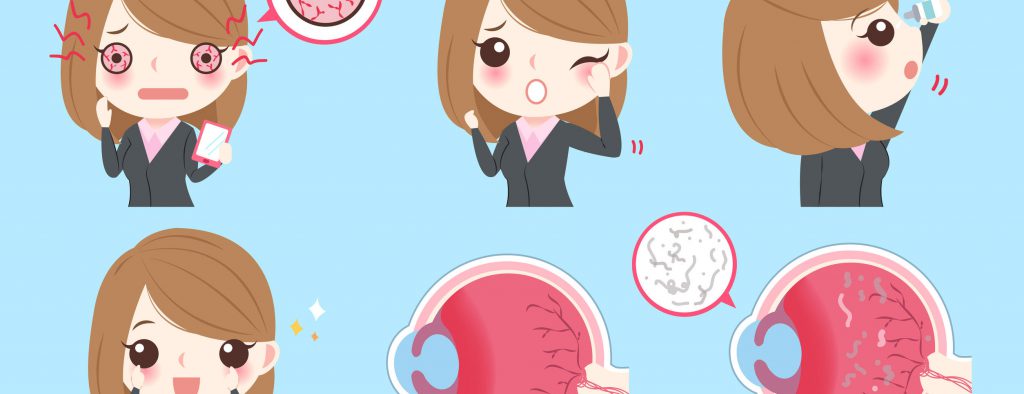We look at five common types of arthritis and break it down for you.
Osteoarthritis
This is the most common type of arthritis, especially among older people. Osteoarthritis is a joint disease that mostly affects the cartilage. Cartilage is the slippery tissue that covers the ends of bones in a joint. Healthy cartilage allows bones to glide over one another and absorbs energy from the shock of physical movement.
With osteoarthritis, the articular cartilage that covers the ends of bones in the joints gradually wears away. This allows bones under the cartilage to rub together, causing pain, swelling and loss of motion of the joint.
Symptoms
- Recurring pain in the affected joint(s) or muscles around the joint after a period of prolonged or strenuous use
- Stiffness
- Limited joint motion
- Tenderness and occasional swelling
- Joint deformity
- Joint cracking
There is currently no cure for osteoarthritis and the condition is irreversible. Stick to gentle exercises such as walking, biking or swimming. Exercise can increase your endurance and strengthen the muscles around your making, making your joint more stable. Maintain a healthy weight to relieve pressure and apply over-the-counter pain creams to provide temporary relief. Surgery is generally reserved for severe cases.
Rheumatoid Arthritis (RA)
This is a disease of the immune system that affects multiple joints in the body. It can lead to long-term joint damage, resulting in chronic pain, loss of function and disability. It attacks the lining of your joints, causing swelling that can result in aching, throbbing joints and eventually deformity.
Symptoms
- Swelling and painful joints
- Joints that are warm and tender to the touch
- Morning stiffness that lasts at least 30 minutes
- Red and puffy hands
- Firm bumps of tissue under the skin on your arms
- Fatigue
- Low grade fever
- Loss of appetite, weight loss
Risk factors for RA include family history of RA, smoking and hormonal changes during pregnancy or viruses. There is no cure for RA. Treatment for RA aims to reduce inflammation in your joints to relieve pain and prevent or slow joint damage through exercise and eating a healthy diet. Treatment typically involves medications and surgery, if necessary, in cases of severe joint damage.
Ankylosing Spondylitis
This is a form of chronic inflammation of the spine and the sacroiliac joints and can affect other tissues throughout the body. Chronic inflammation causes pain and stiffness in and around the spine. Overtime, ankyloses leads to loss of mobility of the spine.









Leave A Comment